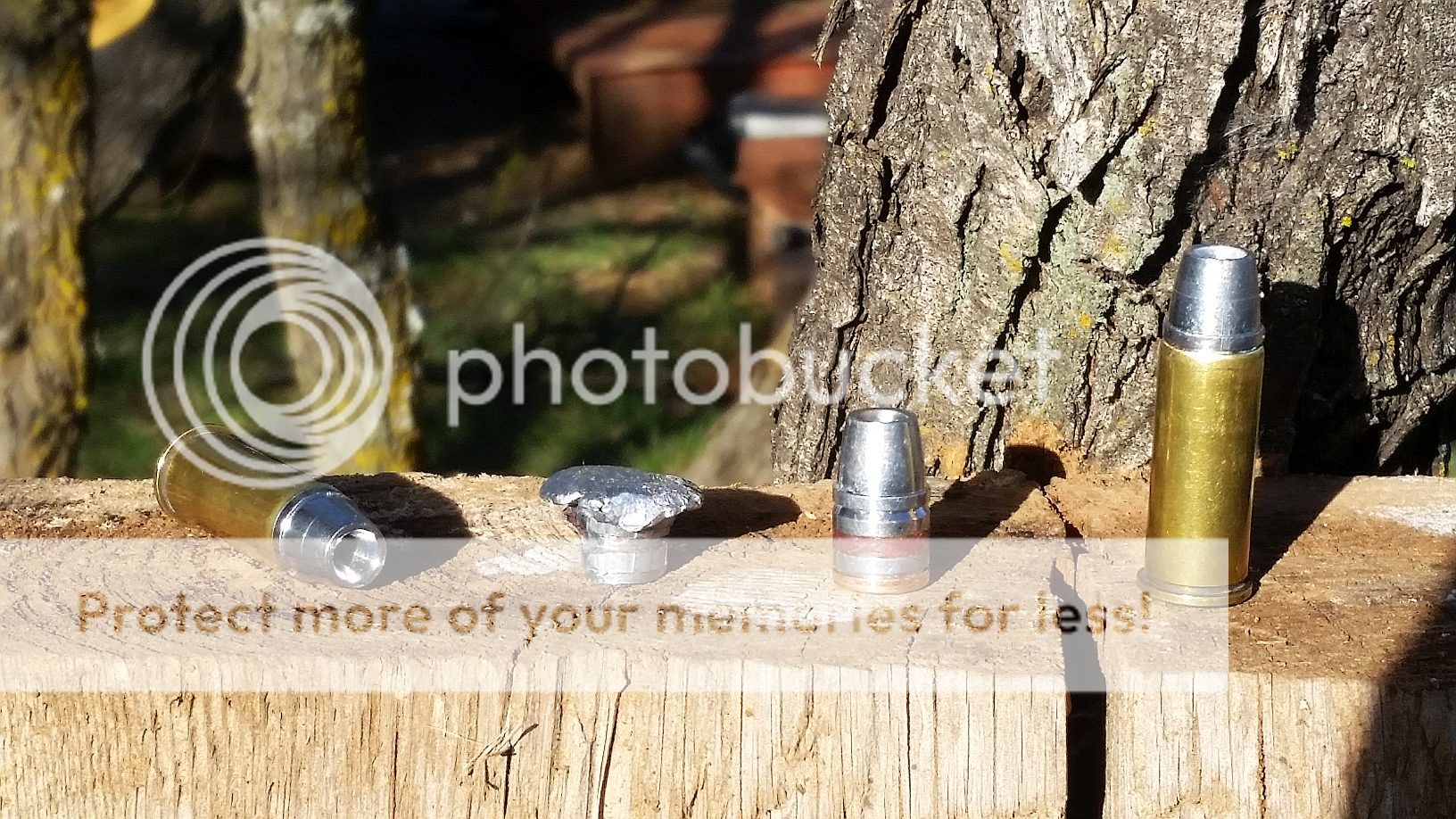I'm not sure what you refer to as "performance", but if you're referring to bullet energy, that has nothing to do with how well a bullet will or will not kill. Regardless of what the math says, a .35" hole and a .40" hole will never be as large as a .43" hole. And where handguns and relatively slow moving bullets are concerned, bigger holes is what counts.
35W

|
   
   
|


|





 Reply With Quote
Reply With Quote













